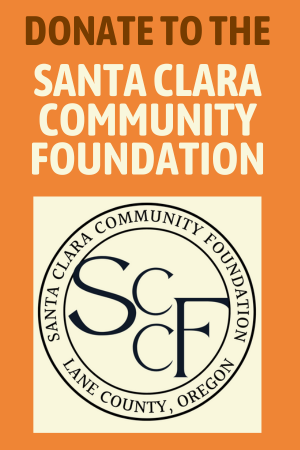
Come on out for Bike Month! We’ll be celebrating with a full lineup of physically-distanced rides, on-line talks and classes, bike-up discounts, and prizes for all ages and riding abilities. Check out WeBikeLane.org for a continuously-updated list of events. Here’s a taste:
- Shift to E-Bikes Workshop: get all your questions answered and get a discount on a new e-bike purchase
- Paddle and Peddle the Willamette (for youth!)
- Mobility Justice Listening Session
- Tapas on Two Wheels: a self-guided tour of the best small bites downtown
- Family Ride to Golden Gardens Park
- Weekly raffles for those who track their rides/trips on GetThereOregon.org
Nationally celebrated since 1956 and in Lane County for the past eight years, May is Bike Month showcases the many benefits of biking and encourages more folks to give it a try. Don’t have a bike? PeaceHealth Rides bike share is a great option — some events will have special promo codes for free rides.
To stay up to date on local walking, biking, and transit information, subscribe to the InMotion e-newsletter.
Also, check out 2-mile, 5 mile and 10 mile rides in Santa Clara.



